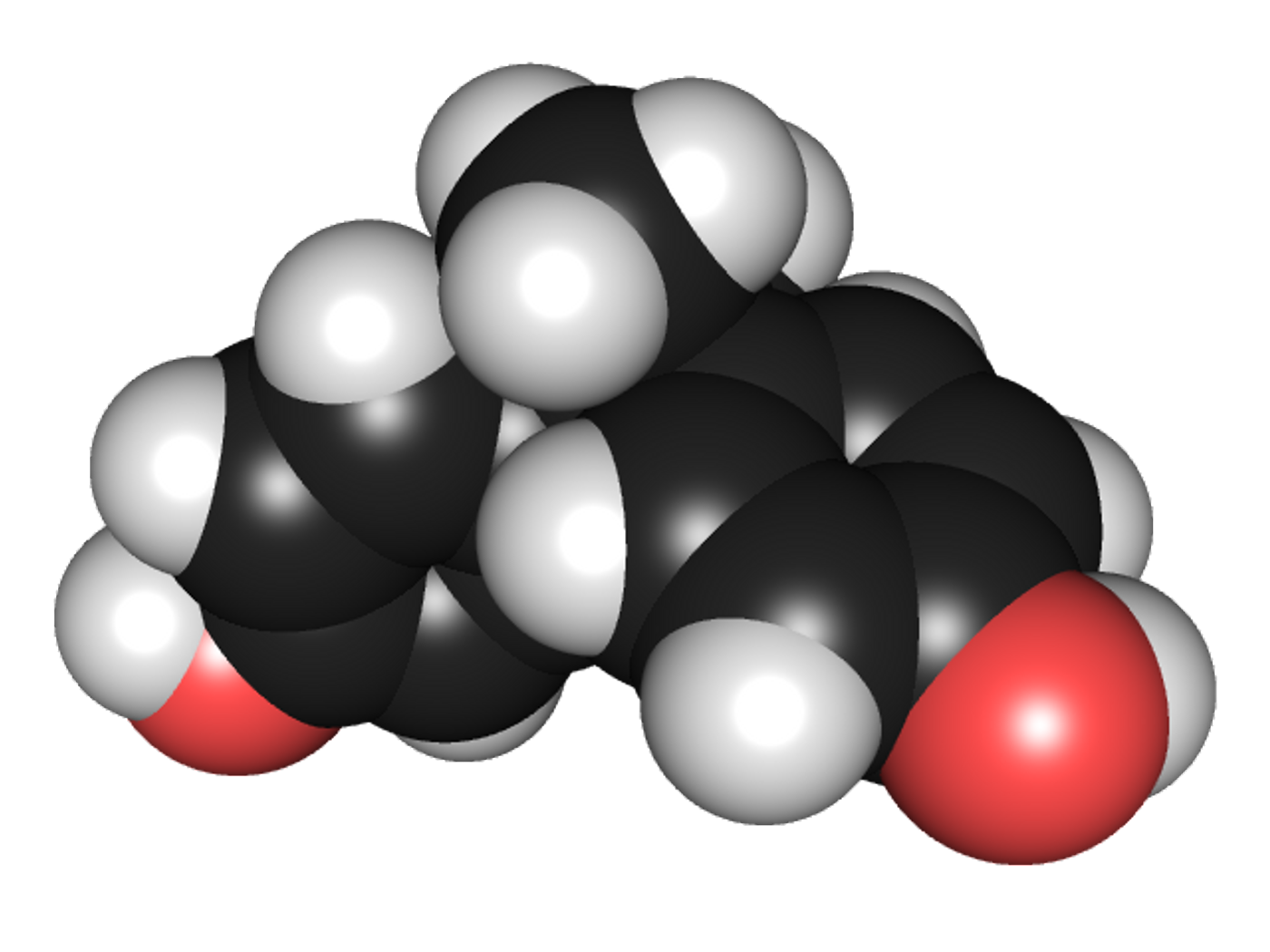Identifying Safer Alternatives to BPA
Bisphenol A (BPA) is a common chemical that is present in plastics and the coating of metal food cans, and it can leach into foods and drinks. It’s not surprising that a National Health and Nutrition Examination Survey was able to detect BPA in 93 percent of people after testing 2,517 urine samples. Scientists at Baylor College of Medicine wanted to try to address this issue. They have found compounds to use in place of BPA - compounds that are not detrimental to human health in the way that BPA seems to be. With automated imaging tools, the researchers were able to assess the effects of compounds in a much shorter time than is often needed for toxicological tests. The work has been reported in PLOS One.
"BPA, a poster child for endocrine disrupting chemicals, is a synthetic compound present in a wide range of products including polycarbonate plastics used in the manufacture of water and infant bottles, on resins coating metal food cans and in many other applications," explained Dr. Michael Mancini, Professor of Molecular and Cellular Biology, Director of the Integrated Microscopy Core at Baylor and a corresponding author of this work.
Research has indicated that exposure to even small amounts of BPA during development can have a deleterious effect on fetuses and infants, and it’s often present in plastic baby bottles. There are efforts underway to change that. This new work could help determine what chemicals are not harmful to our biology and can aid in the identification replacements for the ones that are.
"People are exposed to the various plastics that contain BPA or BPA substitutes on a daily basis, so finding compounds that would allow us to make these plastics safer is an important contribution," said first author Dr. Adam Szafran, an Instructor in the Mancini lab and principal engineer of the imaging and image analysis platforms.
Mancini and colleagues have already created a way to use microscopy for high-throughput screening of the biological effect that compounds have. Their methodology is extremely efficient and generates a lot of data on phenotype and mechanistics simultaneously.
"We previously established highly multiplexed, single cell-oriented model systems to identify mechanisms involved in complex hormonal biology," Mancini noted. "Unlike standard biochemical or toxicological assays, our approach quantifies levels of estrogen receptors, nuclear localization, DNA binding, large-scale chromatin modeling, protein interactions and transcription, and also include data on toxicity, cell proliferation, and many other characteristics; all at the level of individual cells and in one assay that only takes a few hours."
An automated system treats the cell samples and photographs them with a microscope. Software developed by the researchers analyzes the thousands of images of the cells, generating a complete picture of what happens on and in the cells from billions of data points.
"When the paper describing our novel approach was published, Valspar Corp., an industrial coatings company, approached our lab," Mancini said. "They were interested in finding a compound that does not have activity on estrogen receptors, but still provides a means to extend the shelf life of canned foods. Traditional toxicology studies conducted in animals are time-consuming, expensive and provide limited data regarding the mechanism involved. Our approach is much faster, sensitive and accurate as standard biochemical assays and allows for testing for numerous compounds at once."
This technique screened candidates to identify BPA substitutes. "Using our high-throughput assay, we identified two compounds that are relatively inactive when compared to the negative effects attributed to BPA or the BPA-substitutes in use today," Szafran said.
"The compounds we found passed our testing, but it doesn't mean that they are completely free of effects," Mancini said. "This would need further testing in animal studies."
Sources: AAAS/Eurekalert! Via Baylor College of Medicine, NIEHS, PLOS One









